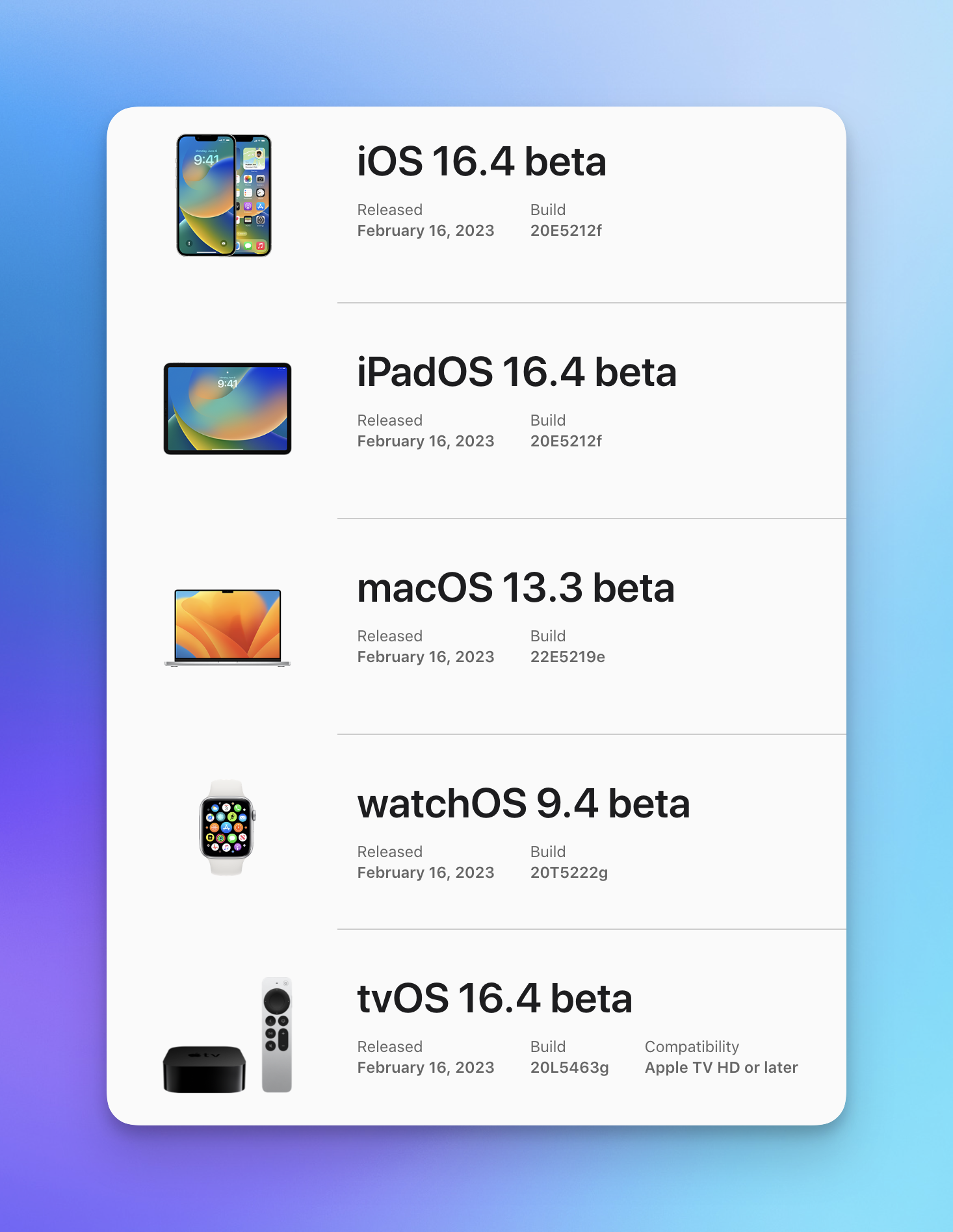"One More Thing"
——This is the logo of the Apple Jobs era
new after this sentence
Often represents the highest level of the company
12 years after taking over Apple
Tim Cook said the same thing for the first time:
One More Thing
On Monday (June 5th) local time, Apple’s 2023 Worldwide Developers Conference (WWDC23) was held in San Francisco, USA. The slogan of this WWDC is “Code new worlds”.
Basically consistent with the news, Apple released its first mixed reality (MR) headset Vision Pro and a new 15-inch MacBook Air. In addition, the operating system of Apple's major devices has ushered in an upgrade.
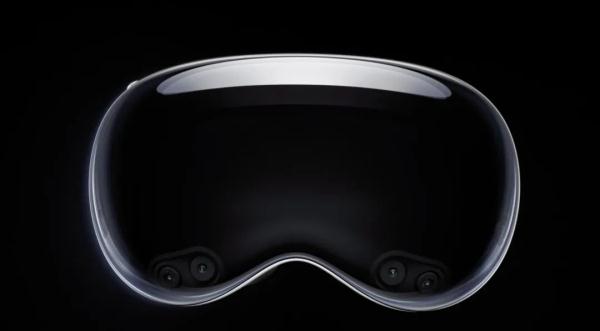
Screenshot from Apple's official website
Related topics rushed to the hot search.
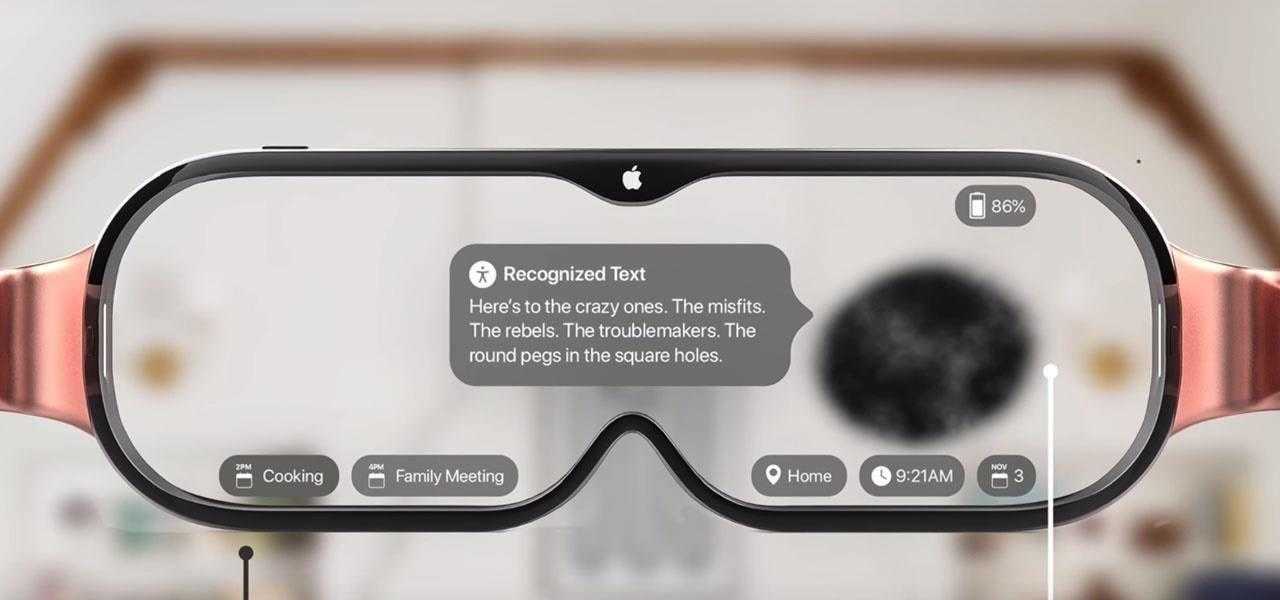

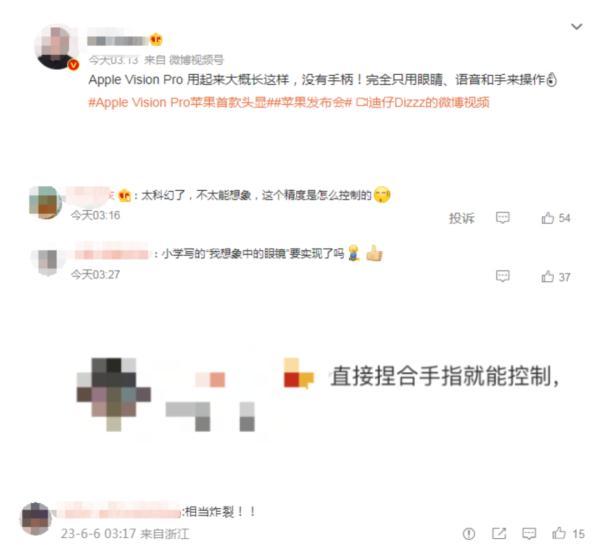
On the eve of the press conference, Apple's stock price rose by more than 2%, setting a record high.
However, when the price of Vision Pro was announced, the stock price plunged rapidly, falling more than 1% at one point in late trading. The highest point evaporated 84.5 billion US dollars (about 600 billion yuan).
Meet Vision Pro
The Apple Vision Pro headset is equipped with a Micro OLED screen with 23 million pixels. The number of pixels allocated to each eye exceeds that of a 4K TV. It can be viewed on a 100-inch screen, supports 3D video viewing, and has a cinema-level video viewing experience. For myopic people, Apple cooperated with Zeiss to design insert lenses, which adopt the method of magnetic attraction. Disney CEO Robert Iger attended Apple's WWDC23, and he said in a pre-recorded video that once the Vision Pro ships, Disney will provide streaming services for it.
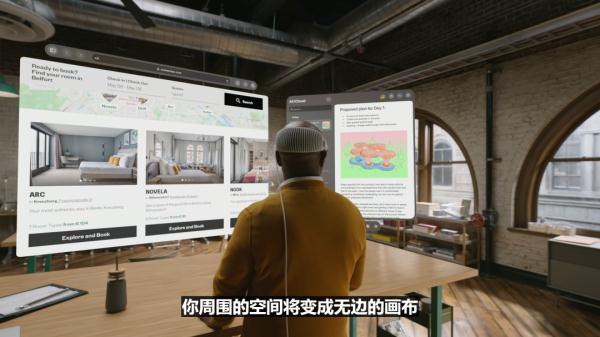
Screenshot from Apple's official website
In terms of performance, Vision Pro is equipped with 12 cameras and equipped with two chips, namely the M2 chip and the new R1 chip. Among them, the R1 chip is mainly responsible for transmission, and the official said that the transmission data can be reached within 12 milliseconds. Supports Bluetooth accessories, which can be connected to a Mac for use inside the headset. Using a split power supply, the battery life is up to 2 hours.
In terms of operation, Vision Pro is not equipped with a handle, but is operated by voice, eye tracking and gestures. Users glance at app icons, tap to select, swipe to scroll, or issue voice commands. Apple said that users will not be isolated from those around them by wearing the headset, but will display the user's eyes through EyeSight.
In addition, Vision Pro runs the new visionOS operating system, and can realize unlocking and password input through iris information.
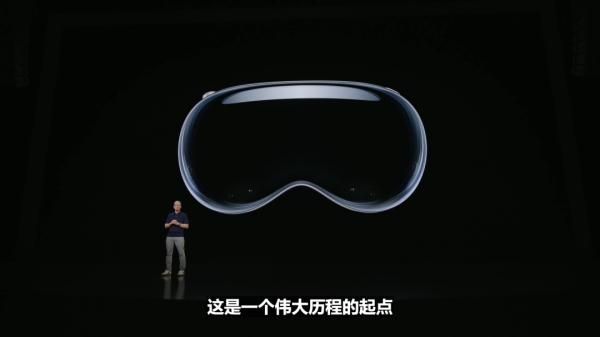
Screenshot from Apple's official website
In terms of price, Vision Pro is priced at US$3,499 (approximately RMB 24,850), and will be launched in the United States early next year, and then gradually launched in other countries and regions. Apple spent seven years developing the Vision Pro and delayed its release several times.
"Vision Pro
It represents the beginning of a new journey. "
Apple CEO Cook said at the press conference
So what kind of new technological trends will it point to?
Spatial Computing Behind Apple MR Glasses
The history of Apple’s research and development of Apple glasses can be traced back to about ten years ago. At that time, it was reported that Apple was developing products in the iGlass field, but it was not until more than ten years later that Apple’s Apple Vision Pro was officially unveiled as the first head-mounted display device. In this regard, Cook gave high expectations: Mac will bring us into the era of desktop computing, iPhone will bring us into the era of mobile computing, and Apple Vision Pro will bring us into the era of spatial computing.
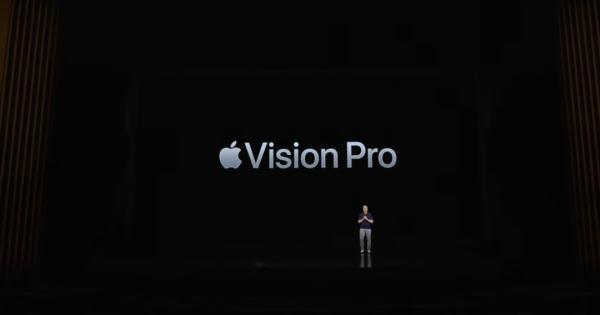
From the perspective of technology integration, this Vision Pro is an MR (mixed reality) device, which integrates many cutting-edge technologies, including multi-sensors, its own computing power platform, the latest display technology, spatial audio, etc., and adopts a dual-chip mode , including the M2 chip already used in Mac computers, and the new R1 chip, which is mainly used for real-time sensor processing technology. According to Apple, 5,000 technical patents were applied for during the development of the product.
However, the outside world pays more attention to a new concept it proposes-spatial computing. Cook used the concept of "the first spatial computing system platform" to describe Apple's positioning of Vision Pro. If you look at this product in an interactive form, it does have some cross-age significance: Apple has abandoned the traditional handle and only completes the interaction through a combination of eyes, hands, and voice. This is a huge difference from the previous Mac and iPhone interaction methods, and Apple will also launch the Vision OS operating system.
Conceptually, spatial computing refers to seamlessly mixing the digital world and the real world, so that the two worlds can perceive, understand and interact with each other, creating unprecedented experiences. When it comes to the product, the world presented in the glasses is a boundless canvas. You can use the app anywhere and adjust the size at will, all of which are derived from the new technology of spatial computing. In addition, the strength of Apple Vision Pro lies in its ability to connect this entire system with the original Apple system to achieve seamless connection.
Prior to this, Qualcomm also believed that spatial computing will be the future of computing.
The sale still needs to wait for half a year
Maybe "not quite ready"
However, the ceiling price of Apple's Apple Vision Pro as high as $3,499 (equivalent to about 25,000 yuan) also made many people calm down instantly.
In fact, the outside world also generally believes that Apple's Apple Vision Pro is not quite ready. A more embarrassing fact is that despite the high price, early adopters still have to wait until early 2024 to purchase new products. From release to sale, there is still a waiting period of up to half a year. In addition, because it is a glasses device, it is not friendly to myopia. Of course, consumers can pay for matching lenses, which adds another cost.
Another pain point that has been complained about seriously is battery life. This Apple MR glasses uses an external battery, which is connected to the glasses through a data cable. It looks like a mobile power supply. And if the Apple Vision Pro is used at full power, the battery life is only two hours, or the user can choose to connect the other end directly to the power supply. , then it can be used infinitely through a "little braid". But either way, it's not very friendly. It can be seen that the battery life problem is still the biggest obstacle to new products.
To be honest, this may already be the ultimate experience of Apple. Not long ago, the reporter once experienced a large-space immersive experience of VR glasses. The experience length of 45 minutes required the experiencer to carry a heavy 10 kg battery pack on his back. Compared to this, Apple's external battery is already the best configuration.
Endowed by Apple with "cross-age significance"
What kind of new trend does the new terminal point to?
There are surprises, but there are also shortcomings – this is a report card handed over by Apple Vision Pro. But we have to admit that this is just the first appearance of this MR glasses, and it has already thrown a few streets ahead of its peers. Apple's research and development of glasses products has always been "to be continued", and with the continuous iteration of technology, there will inevitably be new leaps.
What we have to think about today should be the new trend behind the new product: Does it mean that the technological revolution has reached a new wave from the new Apple Vision Pro product that has been endowed with "cross-age significance" by Apple? What new trend will it point to?
Some analysts told reporters that after the first wave of VR/AR/MR receded many years ago, there has never been a big event that can stimulate the development of the industry. According to IDC's "China AR/VR Head Display Market Quarterly Tracking Report", in the first quarter of this year, China's AR/VR market shipped 173,000 units, a year-on-year decrease of 37.6%. Among them, the AR market shipped 22,000 units, a year-on-year increase of 35.7%, and the VR market shipped 150,000 units, a year-on-year decrease of 42.2%. Analysts believe that the overall decline in shipments in the first quarter is related to factors such as the absence of new product launches. The market generally believes that with the advent of Apple Vision Pro, it may drive related industries into the next growth channel.
Some experts also reminded that the possibility brought about by the adaptation of new terminals and AI should be considered in advance. In particular, when the AIGC wave brought by ChatGPT sweeps the world, its combination with a new generation of terminals may lead the industry into a new direction and activate a new track. Apple also stated that in future applications, entertainment and games will enter Apple Vision Pro, support 3D content engines, and bring new experiences. "In these trend changes, domestic companies should seize opportunities and become participants. .”
Comprehensive Wen Wei Po reporter Xu Jinghui, Daily Economic News, 21st Century Business Herald

